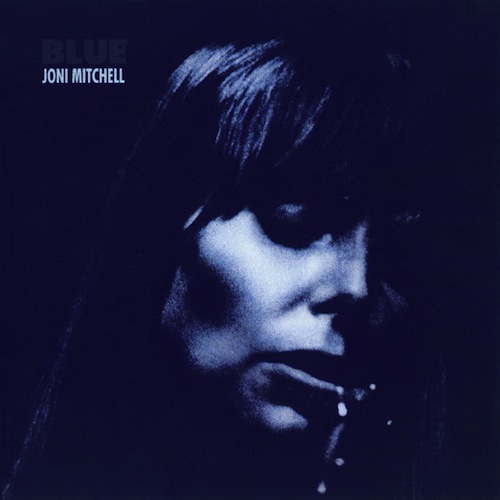3. Joni MitchellBlue

Joni Mitchell’s Blue probably has the same characteristic that I like about Revolver and Wild Honey. It has this in-your-face production value. She had written songs like ‘Clouds’ where she had harpsichord on it and all these strings and all that but this album was devoid of all instruments bar the dulcimer, the acoustic guitar and the piano. I don’t even recall a lot of bass on the album but Stephen Stills might have played a bass line on an acoustic guitar.
So what you have is ten or twelve knockout songs that she must have spent months crafting. Poetically, these songs are perfect. They speak to women, I know, but they also speak to men as well, about universal and personal challenges we all face in life. Joni Mitchell articulated them so well but as a record producer, how she did it was so important. Again, it’s that dry sound; in-your-face and a kind of minimal recording but every note and every instrument stated something very clearly and very powerfully.
There are times when I hear this and I don’t even realise that I’m hearing a piano or a vocal; to me, it sounds orchestral. A good arrangement can make two or three instruments sound huge and a bad arrangement can make a whole orchestra sound puny. These top three albums in my list were valuable lessons.
Clearly, I was working on something similar sonically and of course that was Tyrannosaurus Rex. For economic reasons, Marc Bolan could only afford an acoustic guitar and his partner was a bongo drum player. It wasn’t far removed from Blue. I didn’t succeed on the first Tyrannosaurus Rex record, My People Were Fair… because I didn’t know anything yet, I was still learning, but by their second album, Prophets, Seers & Sages: The Angel Of The Ages, I got that dry sound and because I only had two musicians I knew I had to make every noise count. So that’s what I got from Joni.


